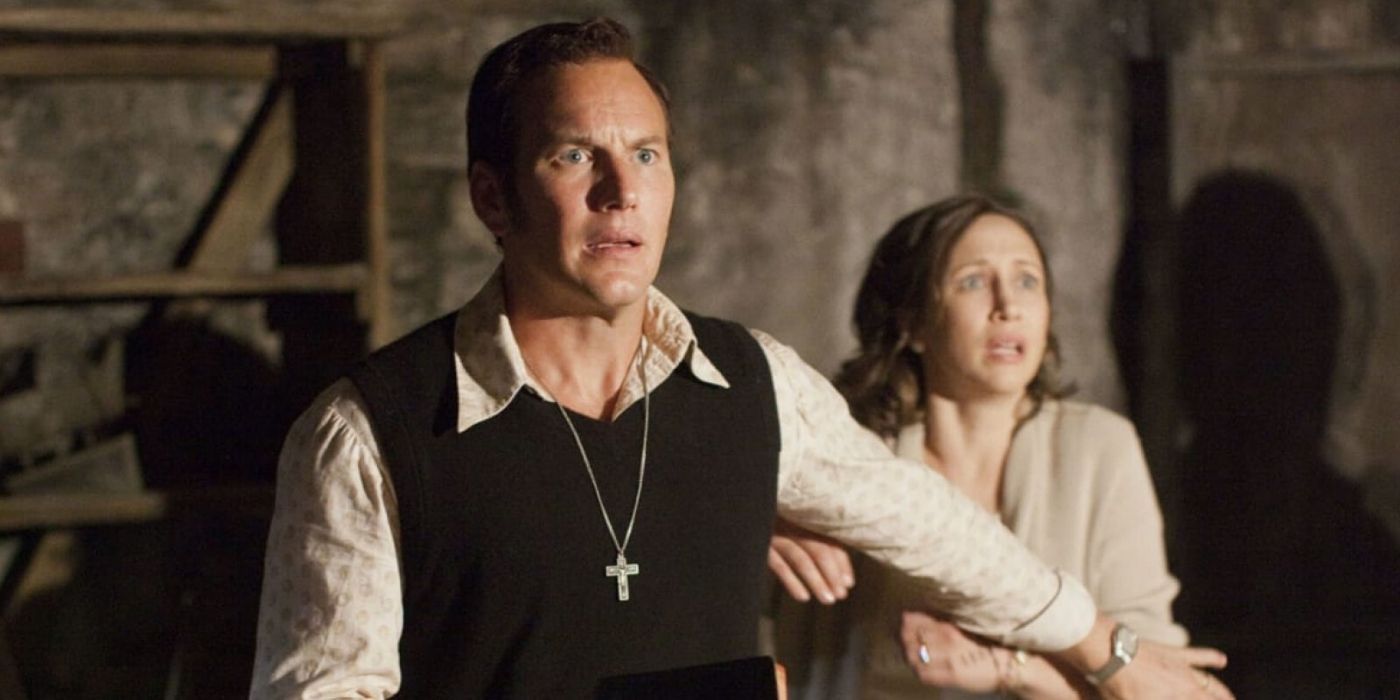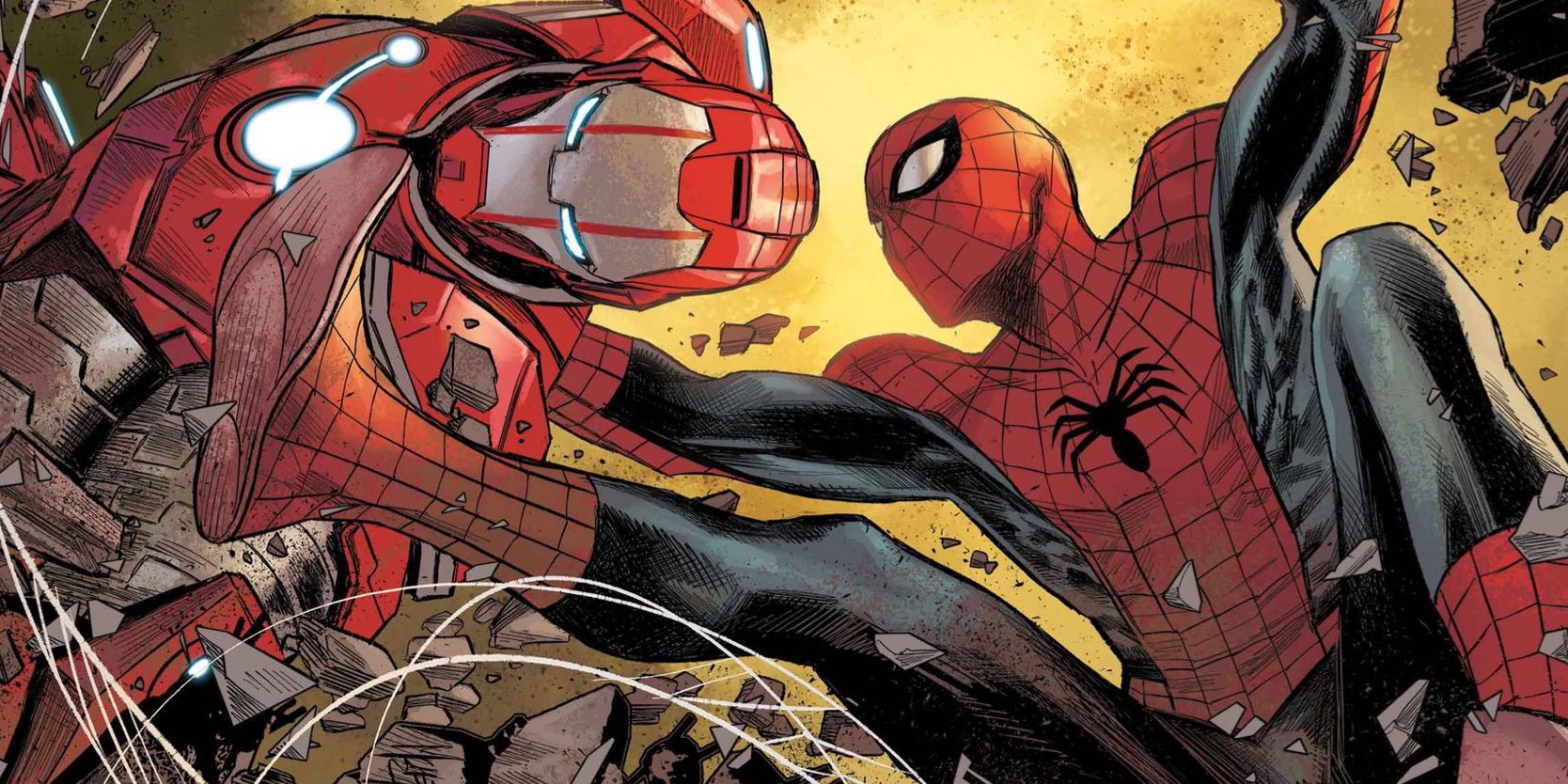The success of Tobe Hooper and Steven Spielberg’s 1982 horror film Poltergeist set the stage for the future of the paranormal sub genre of the 21st century. Throughout the 2000s and 2010s, blockbuster successes such as Paranormal Activity (2007) and The Conjuring (2013) developed large franchises with various sequels, prequels, standalones, and more. Long before these high profile horror films hit theaters, Poltergeist laid the foundation and created the market that they have garnered such acclaim from.
Poltergeist follows the Freeling family as they face a malevolent poltergeist that preys on them but, specifically, their youngest child Carol Anne (Heather O’Rourke). The film features various elements familiar to popular paranormal films today such as supernatural investigators, future moving inexplicably, children as targets, and curses. Poltergeist’s entirety has been reiterated through various franchises. While the archetypes of paranormal films are rooted in some historical or factual occurrence, the 1982 film solidified their use as a way to successfully create a franchise.
Investigators of the supernatural and demonologists have existed since time began in different cultures throughout the world. They commonly agree that poltergeists or malevolent spirits prey on children due to their innocence. Furthermore, they deduce that there is always an origin to the evil, whether that’s through curses, deals with demonic entities, or the spirit world connecting the corporeal world. As paranormal horror films continue to grow in popularity, their similarities with the structure of Poltergeist become more apparent. Which definitively makes the 1982 horror classic the foundation of the 21st century paranormal film.
How Poltergeist Influenced The 21st Century Paranormal Horror Film

Poltergeist utilized all of these elements to create the onscreen horrors. Since then, they have repeatedly appeared in paranormal horror films together or separately. In the Paranormal Activity franchise, two young girls are targets of a demonic entity that is following them because of a deal their ancestors made with it. In 2015, the sixth installment Paranormal Activity: The Ghost Dimension shares a striking similarity to Poltergeist. When 6-year-old Leila enters a portal in her bedroom it is entirely reminiscent of Carol Anne being sucked into the portal that has opened in her own bedroom. The two young girls get taken by a demonic entity.
The Conjuring franchise dramatizes the real-life experiences of Ed and Lorraine Warren, two of the world’s most famous paranormal researchers and demonologists. It is highly unlikely that any film in its overarching universe does not include this specific element. In the same vein, the Insidious (2011) franchise also includes this paranormal archetype alongside the theme of children as targets of the paranormal. The Freeling family hires the iconic paranormal investigator and medium Tangina Barrons (Zelda Rubinstein). She is crucial to saving Carol Anne from the poltergeist that’s trying to steal her energy. Just as in The Conjuring and Insidious, paranormal investigators and mediums are intrinsic to rescuing a family or child put in danger by a demonic entity or malevolent spirit.
Ultimately, each paranormal film franchise that has reached remarkable success owes it to Poltergeist’s foundational work it did in the sub genre. The archetypal elements of it are all present in the 1982 film and have since been utilized by 21st century paranormal movies. Without Poltergeist‘s creativity, success, and ability to cultivate a market of interest, 21st century paranormal horror films could not exist to the same degree that the do today.




